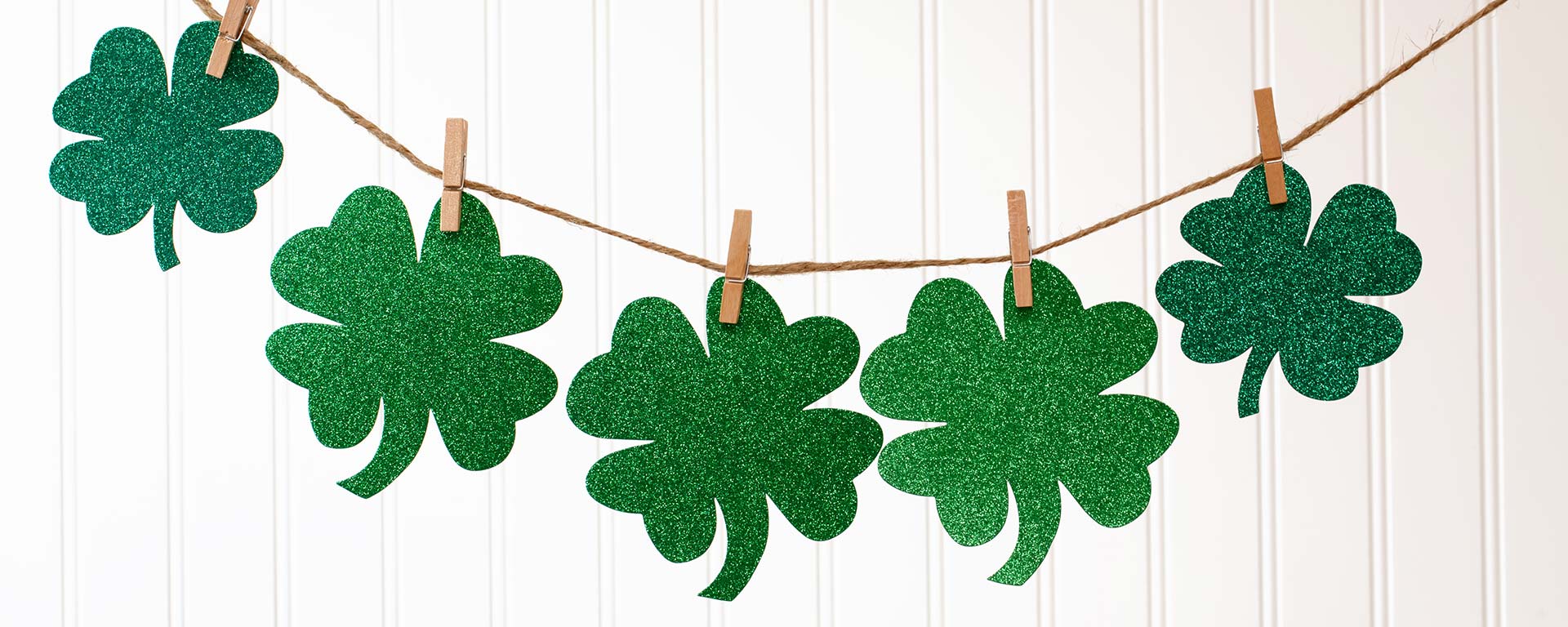
Fun Facts About St. Patrick's Day
Maybe one of the most surprising things to visitors to the US is how excited everyone seems to get for St. Patrick’s Day. Why, they wonder, Americans so eager to celebrate a religious holiday from another country?
The history of St. Paddy’s Day in America is a fascinating one. So pour yourself a green beer (or a nice mug of Irish breakfast tea, depending on your preference), and let’s delve into the extraordinary history of the wearin’ o’ the green here in the US.
St. Patrick’s Day has been celebrated in the US for a long time
As a matter of fact, the very first St. Patrick’s Day parade was actually celebrated stateside. It wasn’t even celebrated by the Irish. In fact, it happened in a Spanish colony in what is today St. Augustine, Florida.
Their chaplain, Ricardo Artur, was Irish, and in 1601, he organized a parade on March 17th in honor of his home country’s patron saint. He was evidently quite devoted to St. Patrick, because records show that he held a St. Patrick’s Day celebration the year before, too.
He wasn’t even Irish
The idea that “everyone’s a little bit Irish on St. Patrick’s Day” could extend to the patron saint of Ireland himself, who wasn’t actually a native son of the Emerald Isle. Patrick was born in Britain in the 4th century, the son of wealthy Romans. It wasn’t until he waskidnapped by pirates at 16 that he even set foot in Ireland.
Patrick was enslaved and worked as a shepherd. It was during this difficult time that he became religious, and even though he managed to escape home with some sailors in the year 408, he was determined to return to Ireland to convert the country to Christianity.
St. Patrick is why the shamrock is an Irish icon
He eventually realized this goal, coming back as a Catholic bishop and converting people through preaching, writing, and incorporating the pagan symbols the Irish were used to in order to explain theological concepts.
Tradition holds that Patrick used the three-leaved shamrock to explain the Christian doctrine of the Holy Trinity to the Irish.
Why green?
Of course, everyone knows Ireland is famous for its lush green hills. However, green came to be especially associated with Ireland during the country’s struggle for independence from Britain.
The feast of St. Patrick has always been observed by faithful Catholics in Ireland on March 17th, who like most saints, is celebrated on the day he is believed to have died. As the patron saint of Ireland, they recognize Patrick as a special intercessor and spiritual protector of the country, usually by going to church on March 17th.
In the wake of the Irish independence movement that began in earnest in the 1700s, green came to be the color of the Irish nationalists, who sought self-governance separate from England.
St. Patrick’s Day: Made in the USA
The idea of St. Patrick’s Day as a party is uniquely American. No less a personage than George Washington held a St. Patrick’s Day celebration for his troops during the Revolutionary War. Many of them were Irish, and he thought it might boost morale during an epically cold winter in 1780.
However, Irish troops serving in the British Army held a St. Paddy’s Day parade in New York City as early as the 1760s, marching past Old St. Patrick’s Cathedral, a tradition that continues in the city’s parade to this day (except, obviously, 2020 due to the COVID-19 pandemic). An even earlier parade seems to have been held in Boston in the 1730s.
With a wave of Irish immigrants in the 19th century, St. Patrick’s Day became a way for homesick and often discriminated-against Irish to celebrate their heritage. After their service to the Union Army during the Civil War, attitudes toward the Irish began to shift, and more Americans began to join in the St. Paddy’s Day fun.
Let AFI Take Care of Your Valuables While You Celebrate
While we can’t promise leprechauns, AFI will protect your valuables just as diligently as the wee little men guard their pots of gold. Find out more about AFI’s Valuable Items Insurance.